Exceptional Tlingit rattle achieves top lot at Bonhams Native American Art Sale
Lot 394. An exceptional Tlingit rattle, Attributed to Kadjisdu.axch, Old Wrangell, c. 1770-1790. Estimate: $100,000-150,000. Price realized: $504,500 (€ 447,053). Photo: Bonhams.
LOS ANGELES, CA.- The December 11 sale of Native American Art was led by an exceptional Tlingit rattle, circa 1770-1790, which realized $504,500 (estimate: $100,000-150,000). Attributed to Kadjisdu.axch, the greatest carver of wood among the Tlingit people, this rattle is expertly carved in the form of an oystercatcher with several figures including an eagle, a bear, and a wolf.
This work was originally collected by Dr. Hugh S. Wyman (1858-1913), an Assistant Surgeon aboard the U.S.S. Pinta, stationed in Sitka, along with fellow officer and noted ethnographer George T. Emmons in 1884. After resigning his Navy commission in 1885, Wyman remained in Alaska until 1899, residing on Douglas Island and Juneau before moving his practice to Olympia, Washington.
The attribution to Kadjisdu.axch comes from Steve C. Brown, former Curator of Native American Art at the Seattle Art Museum. "The greatest carver of wood in the history of the Tlingit people", is how this eighteenth century artist was described by Tlingit scholar Louis Shotridge, in a written narrative of his work on the Klukwan Whale House, transcribed c. 1917.
Lot 394. An exceptional Tlingit rattle, Attributed to Kadjisdu.axch, Old Wrangell, c. 1770-1790; length 12 5/8in. Estimate: $100,000-150,000. Price realized: $504,500 (€ 447,053). Photo: Bonhams.
constructed of two halves, carved in the form of an oystercatcher with gracefully curving neck, the bill separately carved of walrus ivory, a bear mother situated on the bird's back, a diminutive eagle emerging from between her ears, two humans and a bear-headed humanoid suckle at one flank, a wolf crouches on the other, the wolf and she-bear linked by a salmon clutched in their mouths, the wolf's tail arcing over a rotund humanoid visage, the underside carved to depict a hawk, the oystercatcher's feet tucked in below, minor restoration.
Provenance: Collected by Dr. Hugh S. Wyman (1858-1913), thence through the family. Acquired from a descendant by the vendor, part of a collection of Native American artifacts assembled by Dr. Hugh S. Wyman and his brother, Dr. Hal C. Wyman.
Note: In 1884, Hugh S. Wyman was serving as Assistant Surgeon aboard the U.S.S. Pinta, stationed in Sitka, along with fellow officer and noted ethnographer George T. Emmons. After resigning his Navy commission in 1885, Wyman remained in Alaska until 1899, residing on Douglas Island and Juneau before moving his practice to Olympia, Washington.
The attribution to Kadjisdu.axch comes from Steve C. Brown, former Curator of Native American Art at the Seattle Art Museum. "The greatest carver of wood in the history of the Tlingit people", is how this eighteenth century artist was described by Tlingit scholar Louis Shotridge, in a written narrative of his work on the Klukwan Whale House, transcribed c. 1917. In an expertise written following detailed physical examination of the rattle, Brown analyzes the stylistic features of the present lot in comparison to known works by Kadjisdu.axch, including the set of four houseposts he carved for the clan leader known as Chief Shakes, now displayed in the Wrangell Museum. Brown concludes that, along with other acclaimed objects carved by this celebrated artist (including several clan hats, one other oystercatcher rattle, a delicate bear mask [recently sold at auction], at least three bent-corner sculpted bowls, and another set of four houseposts), this outstanding example of his work aids in cementing Kadjisdu.axch longstanding reputation as the greatest carver of wood among the Tlingit people.
Other highlights of the sale included:
Lot 571. A Lakota Sioux three-bladed effigy club; length 37 3/4in. Estimate $30,000 - 50,000. Sold for US$ 68,750 (€ 60,921). Photo: Bonhams.
Lot 530. An early Woodlands-Great Lakes quilled and beaded pouch, possibly Huron; length 22 3/4in, width 6 1/4in. Estimate $20,000 - 40,000. Sold for US$ 40,000 (€ 35,445). Photo: Bonhams.
constructed in the manner of a bandolier bag, though on a smaller scale, the front panel undecorated save for edge beading, the stiff hide likely covered in fur in its original state (traces of fur remaining), the flap of soft hide, the quillwork showing a pair of opposing bears separated by a half-circle motif, framed by bands of triangular and diagonal elements, the borders stained for effect, the edge-beaded strap with silk trade cloth backing, alternating quillwork beavers, the bodies enhanced with dark stain, and circular devices, three with distinctive cruciform centers, a diamond motif at the top.
Bonhams sale of The Alan and Bronnie Blaugrund Collection of Native American Basketry took place on December 10 and achieved $984,750, with sell-through rates of 84% by lot and 91% by value.
Highlights from the sale included:
Lot 48. A Yokuts polychrome basket; height 9in, diameter 21in. Estimate $25,000 - 35,000. Sold for US$ 52,500 (€ 46,521). Photo: Bonhams.
Attributed to Mrs. Britches, the deep bowl ringed by two rows of human figures, alternating men and women hand-in-hand, a band of stepped devices below the rim.
Lot 109. A fine and important Washoe basket; height 8 3/4in, diameter 12 1/2in. Estimate $50,000 - 80,000. Sold for US$ 50,000 (€ 44,306). Photo: Bonhams.
Scees Bryant, extremely finely woven in "degikup" form, with staggered rows of sawtooth diamond lozenges, a negative cross at the center of each.

/https%3A%2F%2Fprofilepics.canalblog.com%2Fprofilepics%2F1%2F0%2F100183.jpg)
/https%3A%2F%2Fstorage.canalblog.com%2F03%2F02%2F119589%2F96711876_o.jpg)
/https%3A%2F%2Fstorage.canalblog.com%2F11%2F31%2F119589%2F94773502_o.jpg)
/https%3A%2F%2Fstorage.canalblog.com%2F20%2F83%2F119589%2F94772815_o.jpg)
/https%3A%2F%2Fstorage.canalblog.com%2F26%2F72%2F119589%2F75604929_o.jpg)
/https%3A%2F%2Fstorage.canalblog.com%2F59%2F60%2F119589%2F26458628_o.jpg)

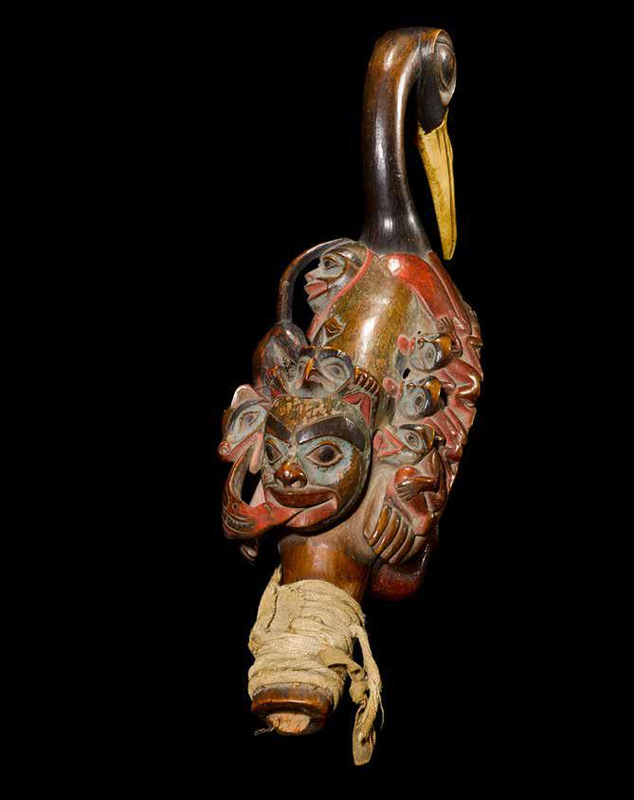

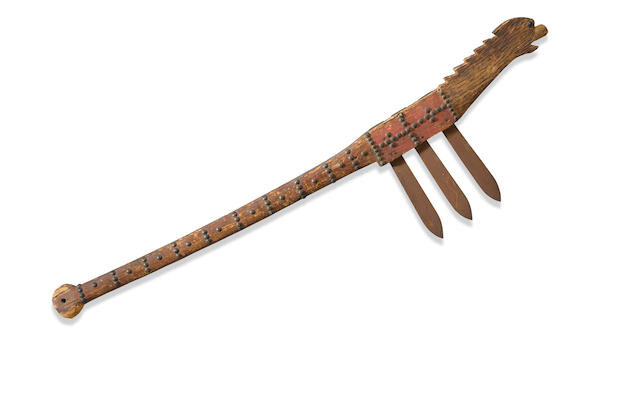
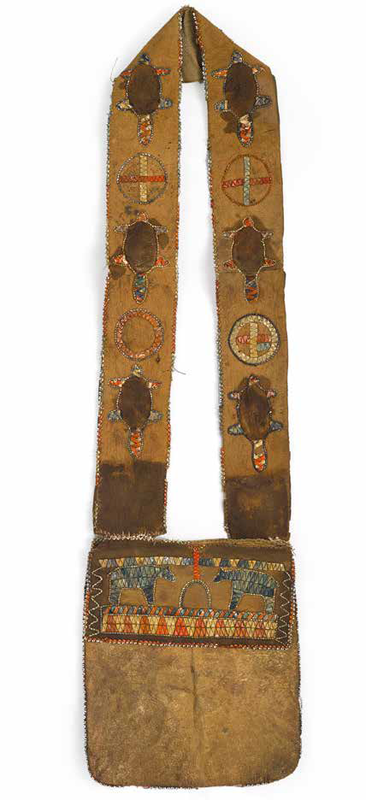


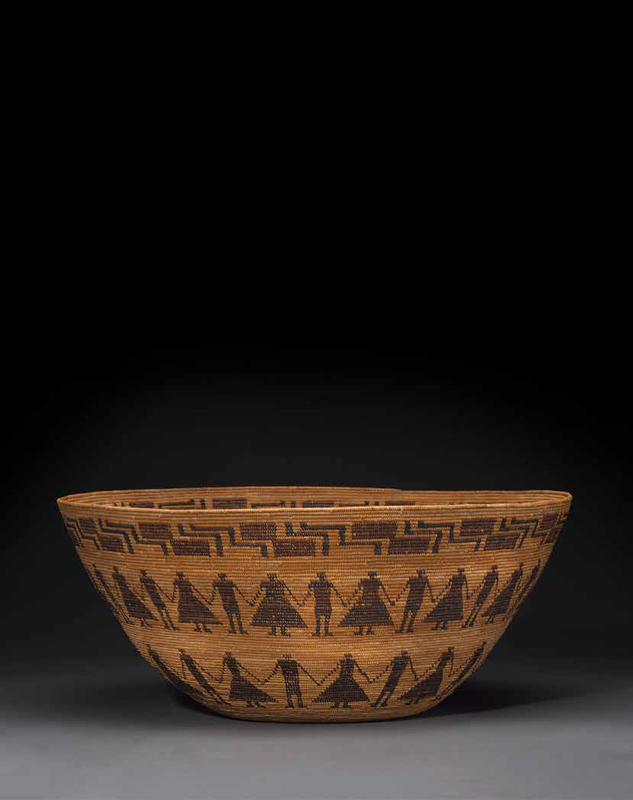


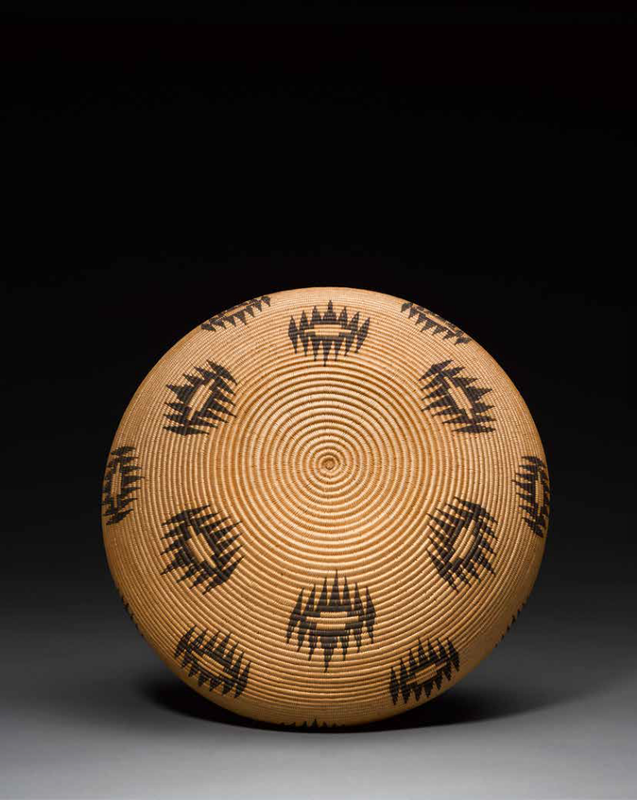


/http%3A%2F%2Fstorage.canalblog.com%2F28%2F80%2F119589%2F110886039_o.jpg)
/http%3A%2F%2Fstorage.canalblog.com%2F22%2F56%2F119589%2F76314928_o.jpg)
/image%2F1371349%2F20240426%2Fob_dcd32f_telechargement-32.jpg)
/image%2F1371349%2F20240426%2Fob_0d4ec9_telechargement-27.jpg)